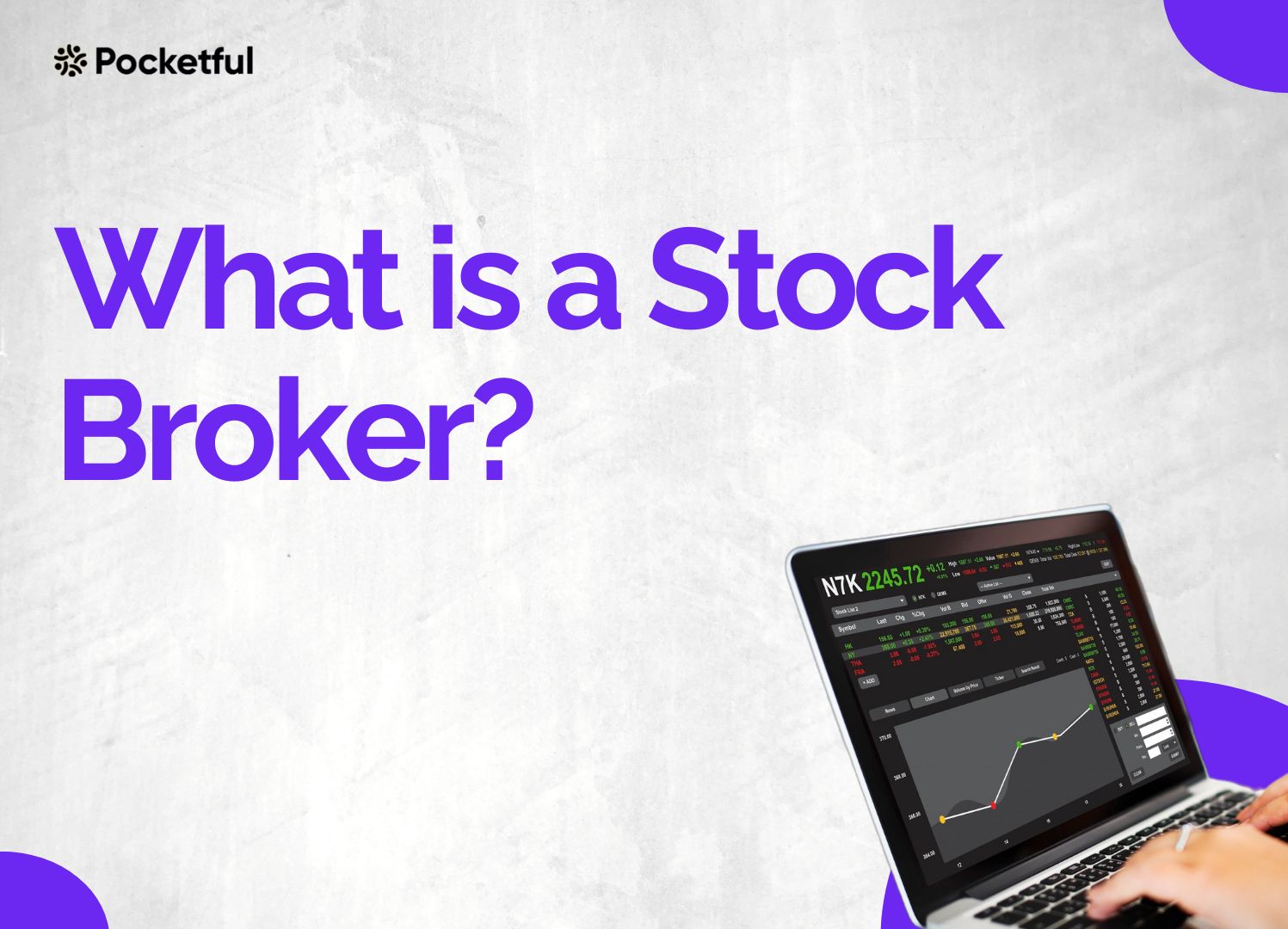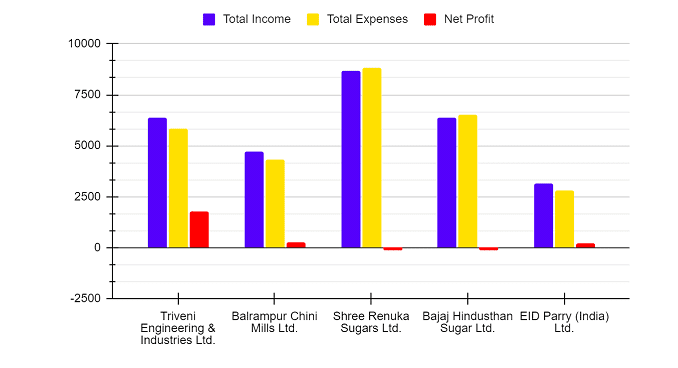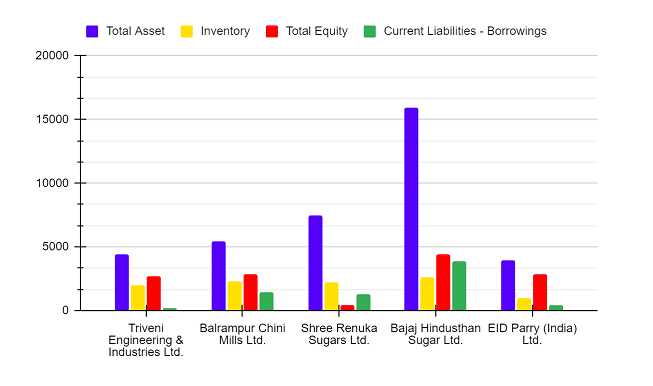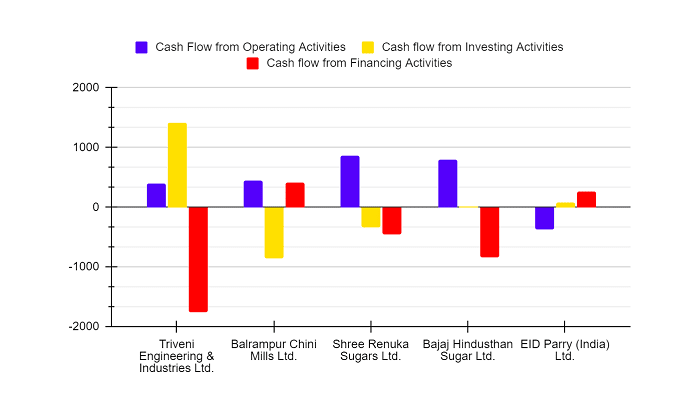We put in a lot of effort at work to earn money, and thus, it’s only natural to be able to access that money at a moment’s notice.
We make long-term investments to achieve long-term goals, but what about your immediate financial needs? This blog will explore the best ways of investing your extra cash so that you can earn some extra money!
Liquid Investments – Overview
Liquid investments are financial assets that can be quickly and readily converted into cash. They are integral to financial independence as they allow you to respond to unforeseen events without damaging your long-term financial investments.
A popular rule of thumb is that an individual should have a contingency reserve in the form of liquid money equal to six times their monthly expenses. This reserve allows the individual to be secure during financial emergencies and helps mitigate financial risks.
Investment Avenues
In the universe of finance, there are various options where you can park your liquid money and earn some return on it. Some of them are mentioned below.
Banks Savings Account
It is regarded as the easiest and safest place to park your short-term funds. Investing money into this vehicle can yield upto 4-5% annual nominal return (dependent on bank rates). It is appropriate for investors who prioritize liquidity as it is considered equivalent to hard cash.
Savings accounts are also extremely safe due to the DICGC (Deposit Insurance and Credit Guarantee Corporation) insurance of upto 5 lakhs. New investors with unstable incomes are drawn to this investment opportunity due to its high liquidity and safety.
| Bank Name | Interest Rate |
| HDFC Bank Savings Account | Up to 3.5% |
| Axis Bank Savings Account | Up to 3.5% |
| Kotak Mahindra Bank Savings Account | Up to 4% |
| State Bank of India Savings Account | Up to 2.7% |
| Punjab National Bank Savings Account | Up to 3% |

Bank Fixed Deposits
If you allow a lock-in period, bank-fixed deposits are a good alternative to savings accounts. Bank FDs often yield returns 2-3% higher than bank savings accounts. This higher interest rate comes at the cost of a lock-in period. A prepayment penalty can be enforced if you withdraw the funds from this investment during the tenure of the FD.
The interest rates offered depend on the length of the investment. Generally, the longer the term, the higher the rate.
Did you know?
Smaller and newer banks offer higher rates for fixed deposits than larger banks to increase their market size.
| Bank Name | Interest Rate |
| HDFC Bank Savings Account | 3% – 7% |
| Axis Bank Savings Account | 3% – 7.4% |
| Kotak Mahindra Bank Savings Account | 2.75% – 7.4% |
| State Bank of India Savings Account | 3.5% – 6.25% |
| Punjab National Bank Savings Account | 3.5% – 6.25% |
Short-Term Debt Funds
A “Debt Fund” is a mutual fund based on the debt asset class. Typically, your money is invested in fixed-income instruments like short-term bonds, money market securities, and debentures. Mutual funds in the debt category typically give better returns than FDs. They are appropriate for investors who want to invest their money for a period of six months to one year. However, since they are traded on the market, debt funds experience significant volatility, but the risk is lower than a corresponding equity fund.
| Scheme Name | 2020 | 2021 | 2022 | 2023 |
| ICICI Pru Short-Term Gr | 10.65% | 3.88% | 4.66% | 7.40% |
| HDFC Short-Term Debt Gr | 10.96% | 3.86% | 3.53% | 7.14% |
| UTI Short Duration Fund Dir Gr | 10.97% | 9.04% | 4.41% | 7.59% |
| Nippon India Short-Term Gr | 9.48% | 4.42% | 3.20% | 6.82% |
| ABSL Short Term Gr Reg | 11.06% | 3.84% | 4.19% | 6.90% |

Arbitrage Funds
Arbitrage funds are a type of hybrid mutual fund that uses futures, a form of derivative investment, to generate returns similar to debt funds. This is how it works: the fund manager buys shares using your money and sells them later. The difference in prices (known as the spread) between the stock and its future contract creates a return. On average, these funds are able to generate returns between 4% and 8% annually.
| Scheme Name | 2020 | 2021 | 2022 | 2023 |
| Kotak Equity Arbitrage Gr | 4.33% | 3.96% | 3.42% | 7.38% |
| Edelweiss Arbitrage Gr | 5.25% | 4.58% | 5.11% | 7.89% |
| Axis Arbitrage Gr | 4.91% | 4.61% | 4.95% | 7.68% |
| HDFC Arbitrage Gr | 4.30% | 4.17% | 4.73% | 7.78% |
| Invesco India Arbitrage Gr | 5.02% | 4.15% | 5.85% | 8.07% |
Liquid Mutual Fund
Liquid mutual funds invest in treasury bills, corporate papers, and other money market instruments. These assets are called money market securities since they have zero to low risk and a maximum maturity of one year. With a return of 4% to 7%, the liquid fund provides a marginally better yield than a bank savings account. Since liquid funds are linked to market risk, investors may experience portfolio volatility during unusual circumstances; hence, returns on these products cannot be guaranteed.
| Scheme Name | 2020 | 2021 | 2022 | 2023 |
| Axis Liquid Gr | 4.33% | 3.36% | 4.95% | 7.13% |
| ABSL Liquid Retail Gr | 4.40% | 3.38% | 4.95% | 7.19% |
| ICICI Pru Liquid Gr | 4.39% | 3.35% | 4.85% | 7.08% |
| HDFC Liquid Gr | 4.11% | 3.21% | 4.77% | 6.95% |
| Edelweiss Liquid Reg Gr | 4.12% | 3.23% | 4.66% | 6.85% |
Read Also: How to find and identify undervalued stocks
Conclusion
Investing your liquid money is extremely important. However, many factors need to be considered before choosing one investment vehicle. Therefore, it is advisable to consult a financial advisor before making such decisions.
Frequently Asked Questions (FAQs)
Are Liquid funds better than Bank Fixed deposits?
Investment in liquid funds offers higher returns than bank fixed deposits but also carries market risk.
What is the meaning of Liquid investments?
Liquid investments can be converted into cash immediately without a significant loss in value.
Why is a Liquid fund better than a Savings account?
Generally, liquid funds offer a slightly better return than a savings bank account because a liquid fund invests your capital in money market instruments, which typically yields better returns.
How does an Arbitrage fund work?
Arbitrage funds profit from the price difference between the derivative and cash segments of the market by simultaneously buying and selling securities in both markets.
What is the taxation on an Arbitrage fund?
Arbitrage funds attract equity taxation; if the holdings are sold within one year, they are taxed as short-term capital gain, attracting a 15% tax on profit. However, if sold after one year, they are considered long-term capital gain, attracting a tax rate of 10% over and above one lakh of profit.
































